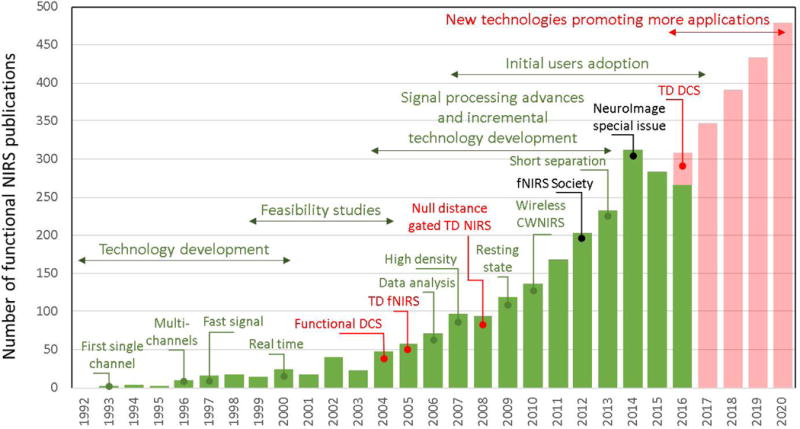Figure 1. Volume of fNIRS publications per year.

The graph illustrates the exponential growth of the technology applications since its first implementation in 1993 [1][2][3], and highlights what we believe are the major contributions to the field over the past 25 years. The establishment of the fNIRS society and the corresponding NeuroImage special issue [4] mark an increase in publications by users (in black). While the vast majority of current fNIRS applications rely on the continuous-wave (CW) modality, we marked in red some important technological innovations that go beyond this traditional CWNIRS approach: Time-Domain NIRS (TD-NIRS) [10] and Diffuse Correlation spectroscopy (DCS) [11][12]. We believe these new technologies will in turn promote the development of new applications in the future, as we illustrate in our predictions for the growth of the field in red bars.
